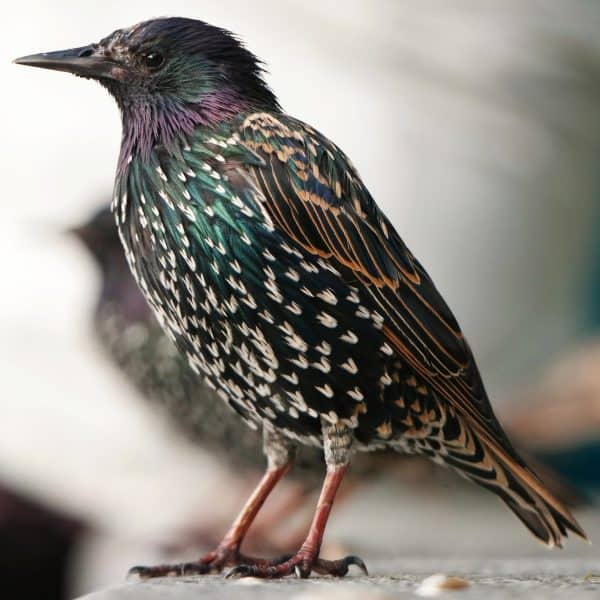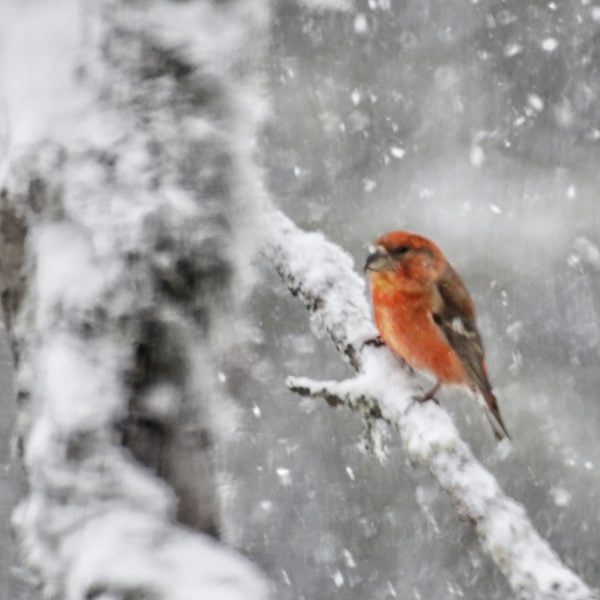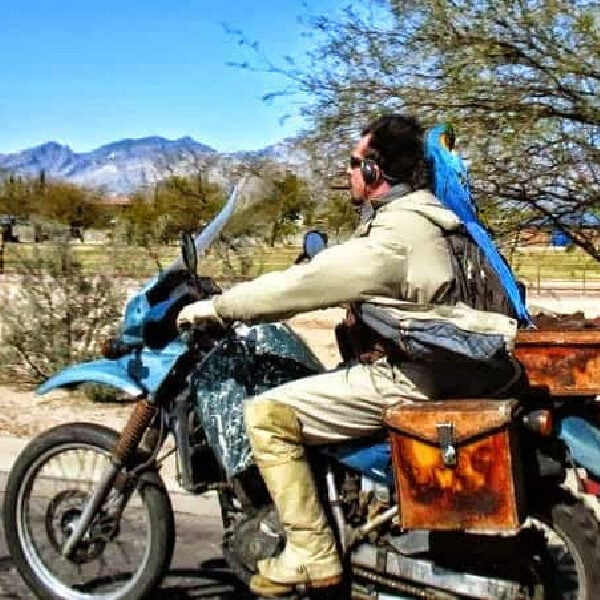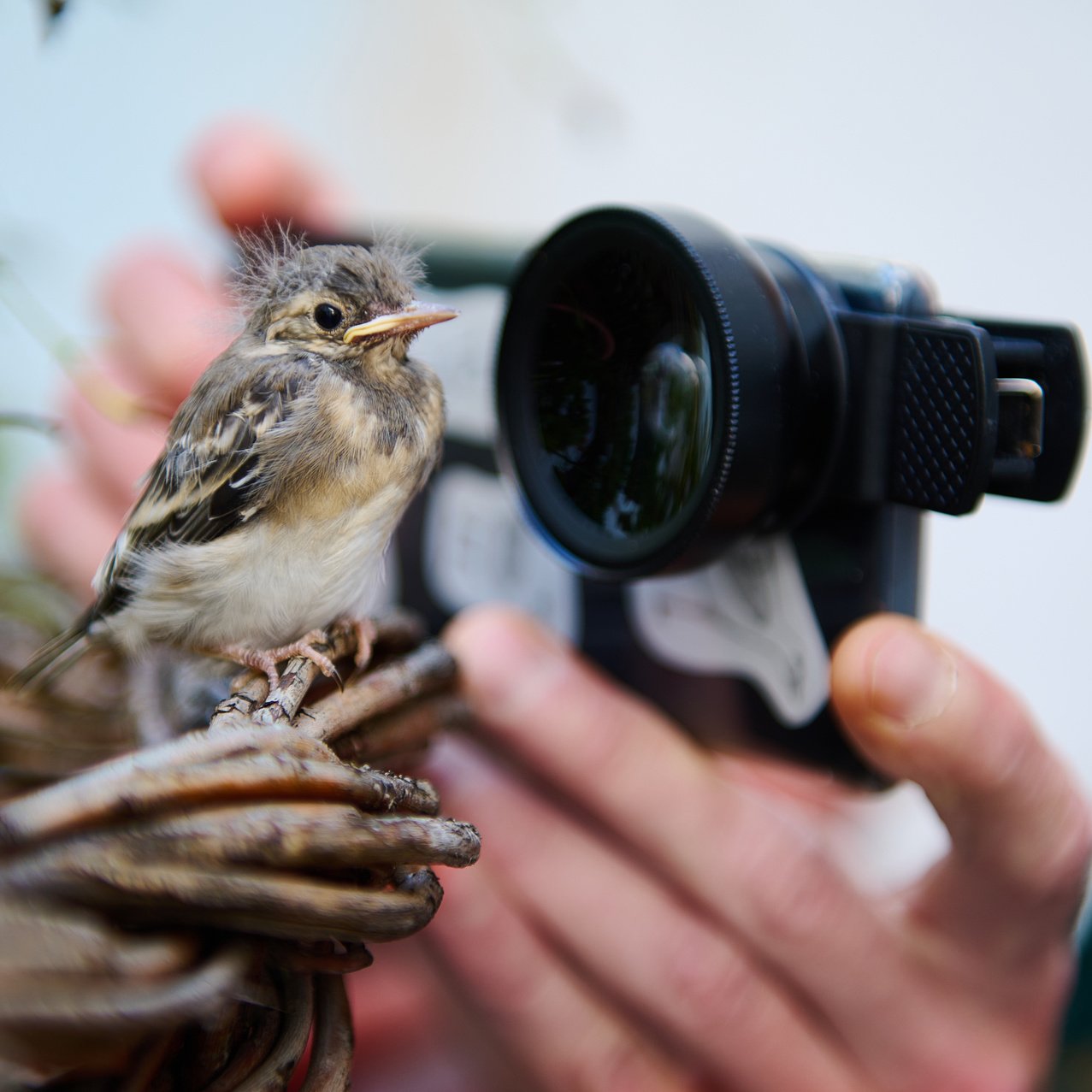
Does Bird Photography Affect Nest Predation and Feeding Frequency?
Last Updated on by Catherine Tobsing
Bird photography has become a popular form of ecotourism that can impact birds in various ways. A recent study in southern China looked at how bird photography affects nest predation and feeding frequency, providing some surprising insights.
Bird photography Bird reproduction Ecotourism Human disturbance Nest predation Bird photography is a popular and growing form of ecotourism that contributes to the economic growth of local communities, but its disturbance to bird reproduction remains understudied.
A tropical forest of southern China, has experienced a sharp increase in the number of photographers in recent years.
Nests were compared that were photographed and those that were not, in their nest predation and parental feeding rates. Including nests of 42 species, the results demonstrate that the predation rate of nests that were not photographed (incubation stage: 43.3% of 194 nests; nestling stage: 34.5% of 110 nests) was significantly higher than that of photographed ones (incubation: 2.4% of 83 nests; nestling: 11.1% of 81 nests).
Among different nest types, open cup nests in shrubs and trees were most affected by photography, in both incubation and nestling stages.
Key Findings:
1. **Nest Predation:** The study showed that nests that were photographed had significantly lower predation rates compared to those that were not photographed. This was true for both the incubation and nestling stages of bird development. For example, the predation rate for photographed nests during incubation was 2.4%, while it was 43.3% for unphotographed nests.
2. **Feeding Frequency:** The presence of photographers did not significantly affect how often birds fed their chicks. This means that even when photographers were around, the birds did not change their feeding habits much.
3. **Why Less Predation?** One reason for lower predation could be that photographers and their equipment scare away predators, creating a “scarecrow effect.” This is similar to how some birds nest near aggressive species for protection.
Feathered factoid: Nest predation refers to the act of animals, known as predators, preying on bird nests and their contents, including eggs and nestlings. This is a significant factor influencing bird population dynamics, impacting reproduction and overall species survival.
Of five factors investigated, including three natural factors (nest stage, structure and position), and two anthropogenic factors (photography and distance to forest edge), only photographic disturbance and nest structure had significant effects (open nests had higher predation). The feeding frequency at nests when photographers were present was not strongly different from when they were not present.
Human activity therefore had no negative effects on the birds, but showed a positive effect on their nesting success, in terms of reducing nest predation rates. However, there needs to be further assessment of other aspects of nesting (e.g., clutch size, duration of nestlings in nests), and other kinds of stress responses (e.g., hormonal changes), before the total effect of bird photography can be understood.
Discussion:
The study’s findings are contrary to what many scientists expected. Traditionally, human presence near bird nests was thought to increase predation by drawing predators to the area. However, in this case, the presence of photographers seemed to deter predators, likely due to the disturbance they cause.
Ethical Considerations:
While the study suggests a positive impact of photography on nest predation, it’s essential to consider ethical guidelines for bird photography. This includes maintaining a respectful distance from nests, avoiding unnecessary disturbance, and not using methods that could stress or harm the birds.
Future Research:
Further studies are needed to fully understand the effects of bird photography on other aspects of bird behavior, such as stress responses and changes in nesting habits. It’s also important to assess how different types of photography, such as drone usage or baiting, impact birds.
Conclusion:
Bird photography can have unexpected positive effects by reducing nest predation, but it’s crucial to approach this activity with care and respect for the birds’ well-being. By following ethical guidelines and continuing research, we can better understand how photography impacts bird populations and ensure that these activities support conservation efforts.
Written by Mitch Rezman and the Windy City Parrot content team.
Author Profile
Latest entries
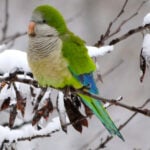 The Traveling BirdJune 26, 2025Can You Name 5 Parrot Species That Are Living Wild in the USA?
The Traveling BirdJune 26, 2025Can You Name 5 Parrot Species That Are Living Wild in the USA?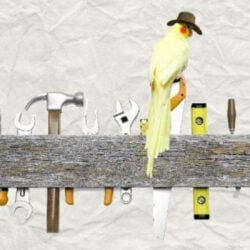 Bird BehaviorJune 26, 2025How is it Parrots Are Problem Solvers Social Animals and Even Use Tools?
Bird BehaviorJune 26, 2025How is it Parrots Are Problem Solvers Social Animals and Even Use Tools?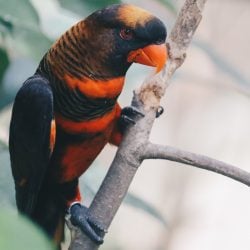 Bird & Parrot AnatomyJune 25, 2025How a Tiny Chemical Modification Makes Parrots Nature’s Living Paintings
Bird & Parrot AnatomyJune 25, 2025How a Tiny Chemical Modification Makes Parrots Nature’s Living Paintings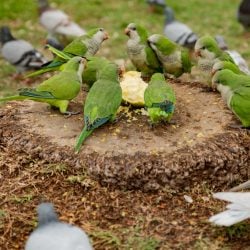 PigeonsJune 20, 2025How Do Parrots Thrive in Cities Outside Their Native Habitats?
PigeonsJune 20, 2025How Do Parrots Thrive in Cities Outside Their Native Habitats?
